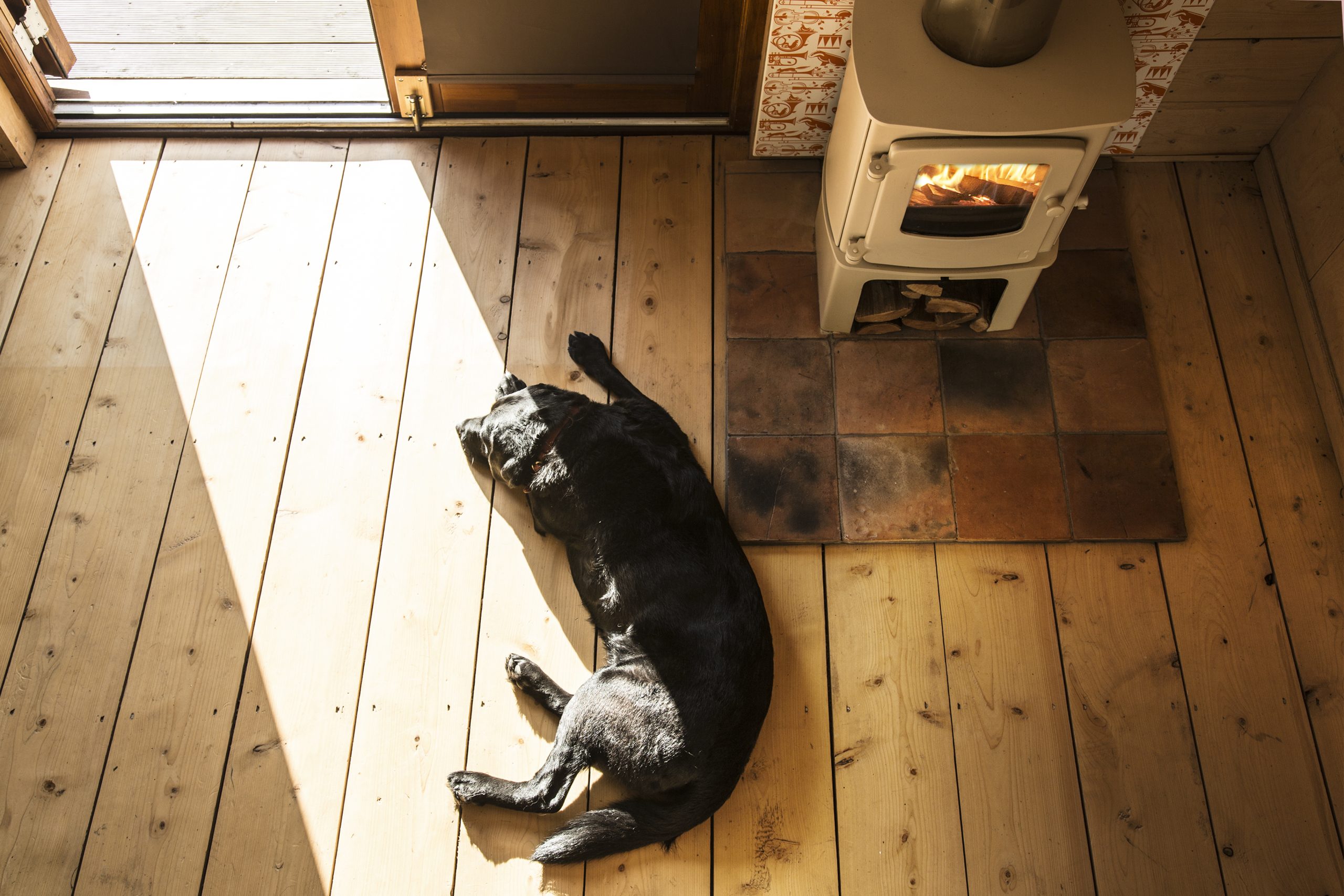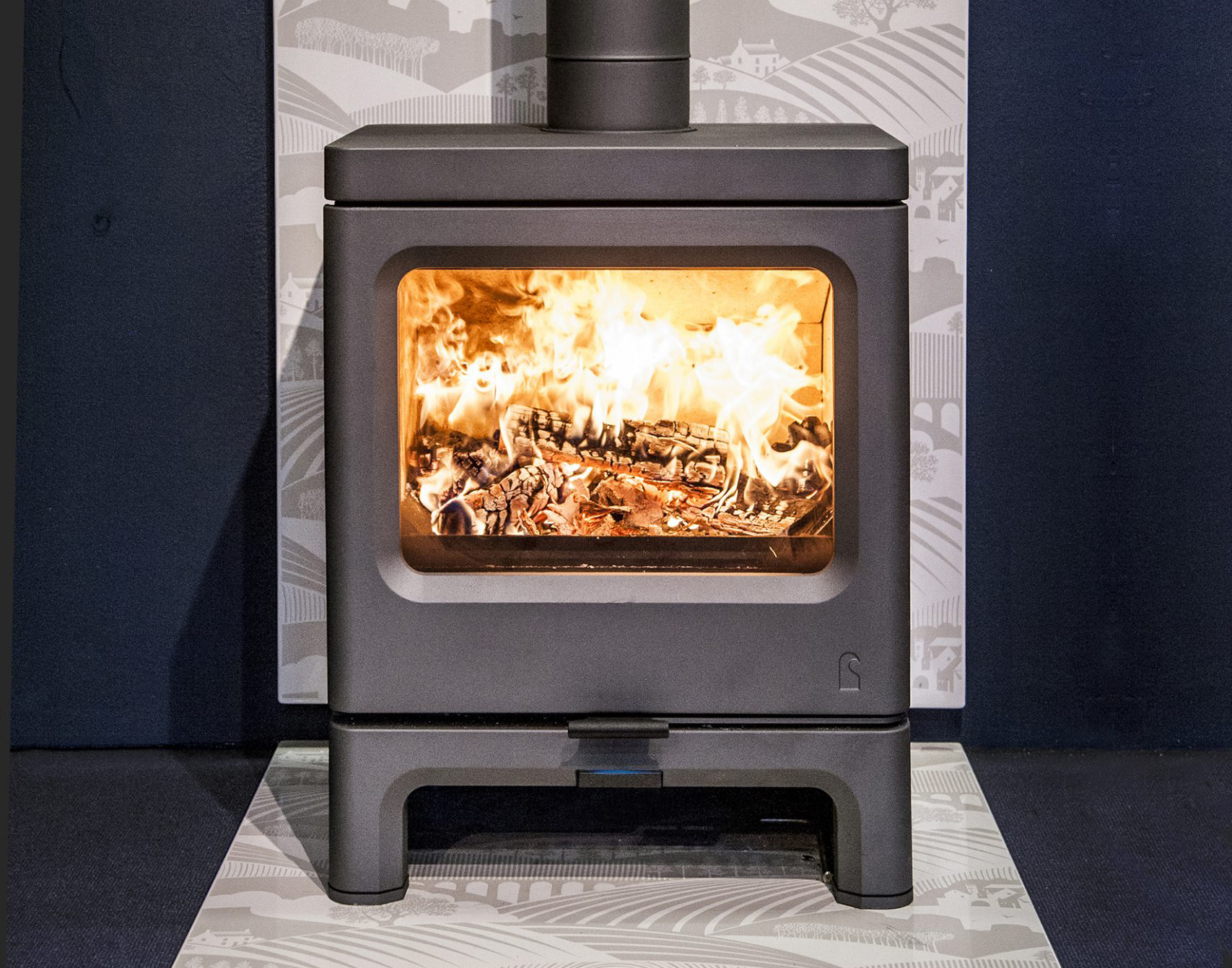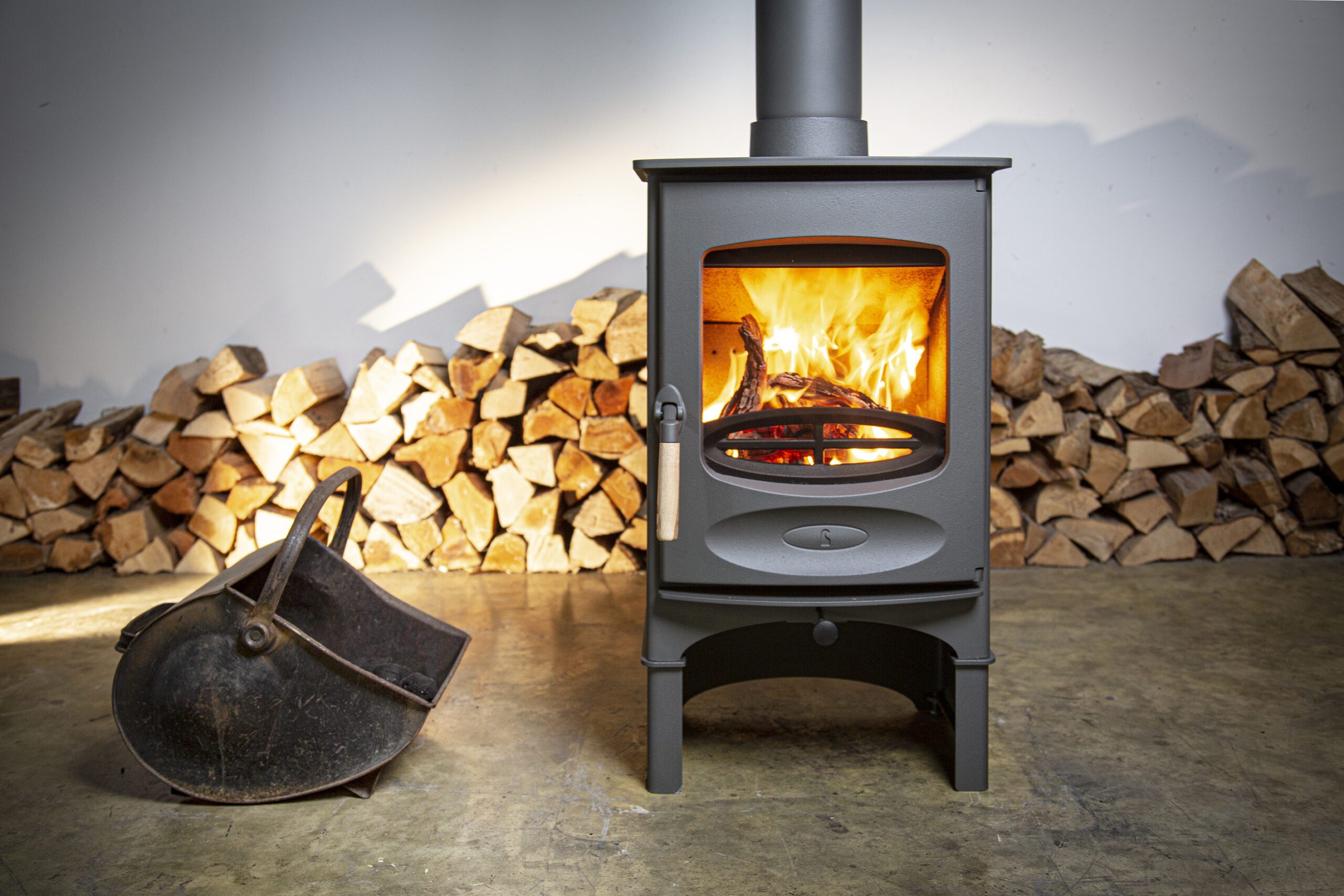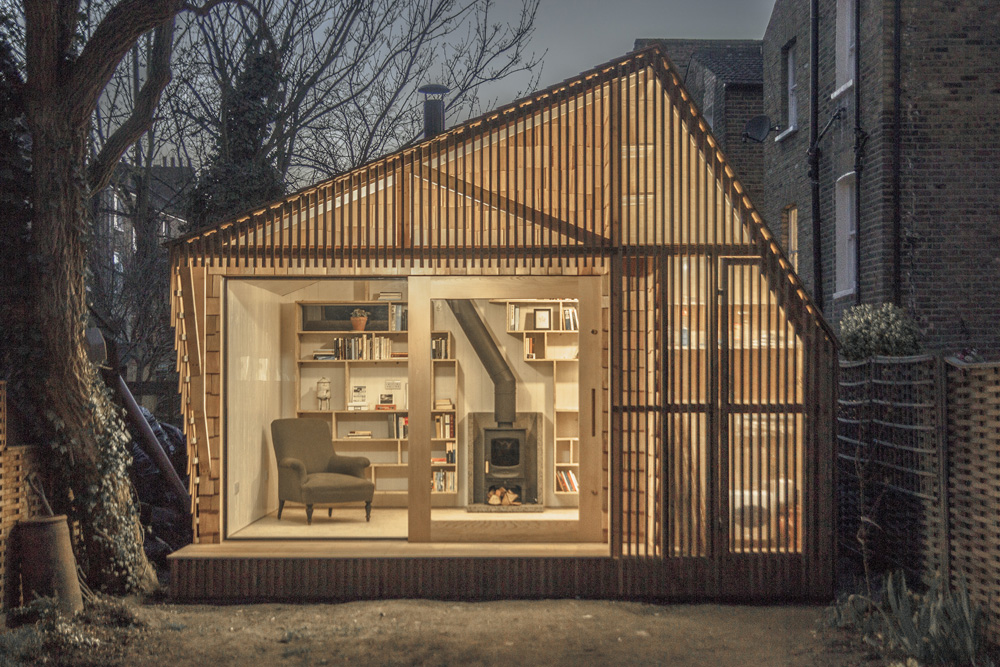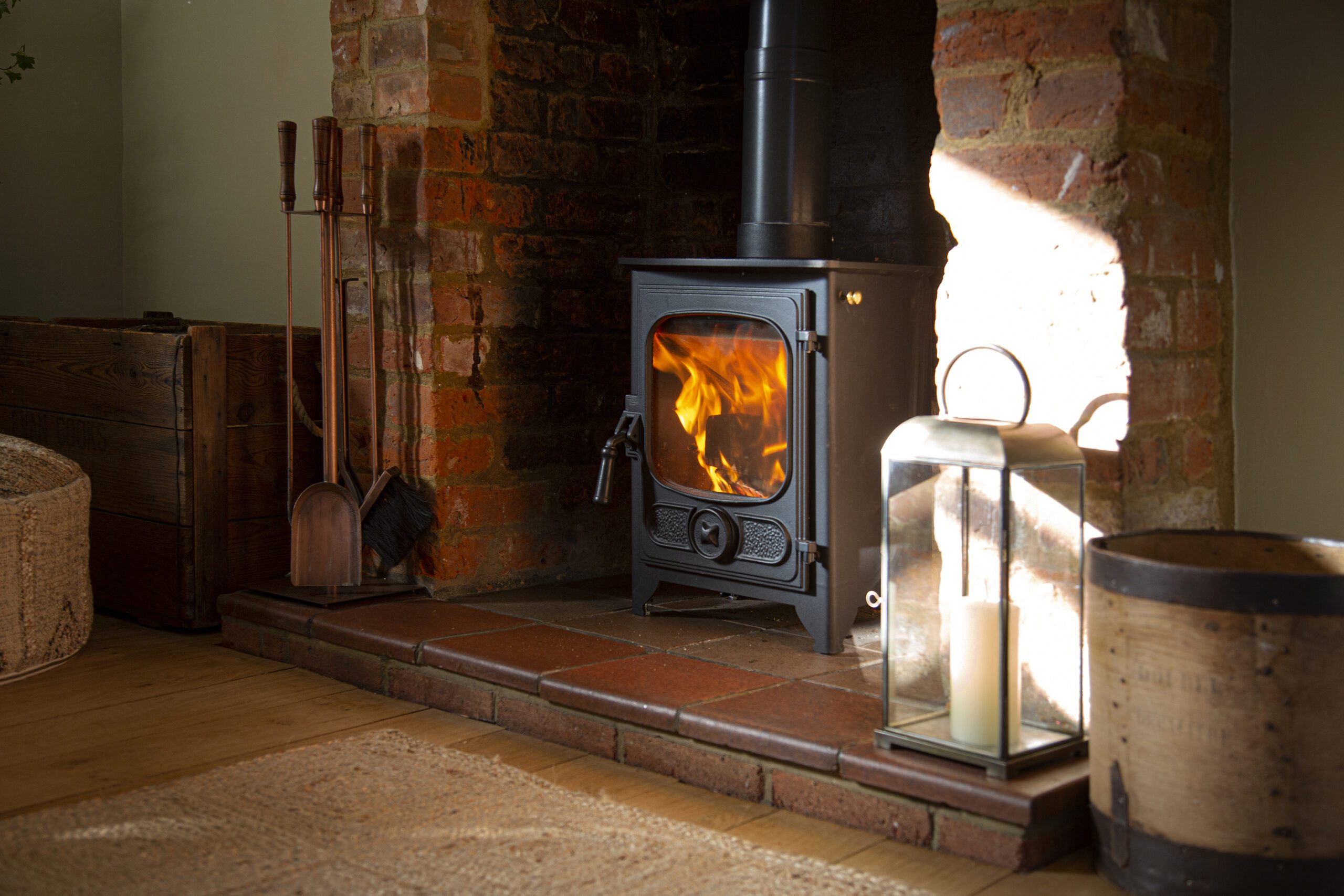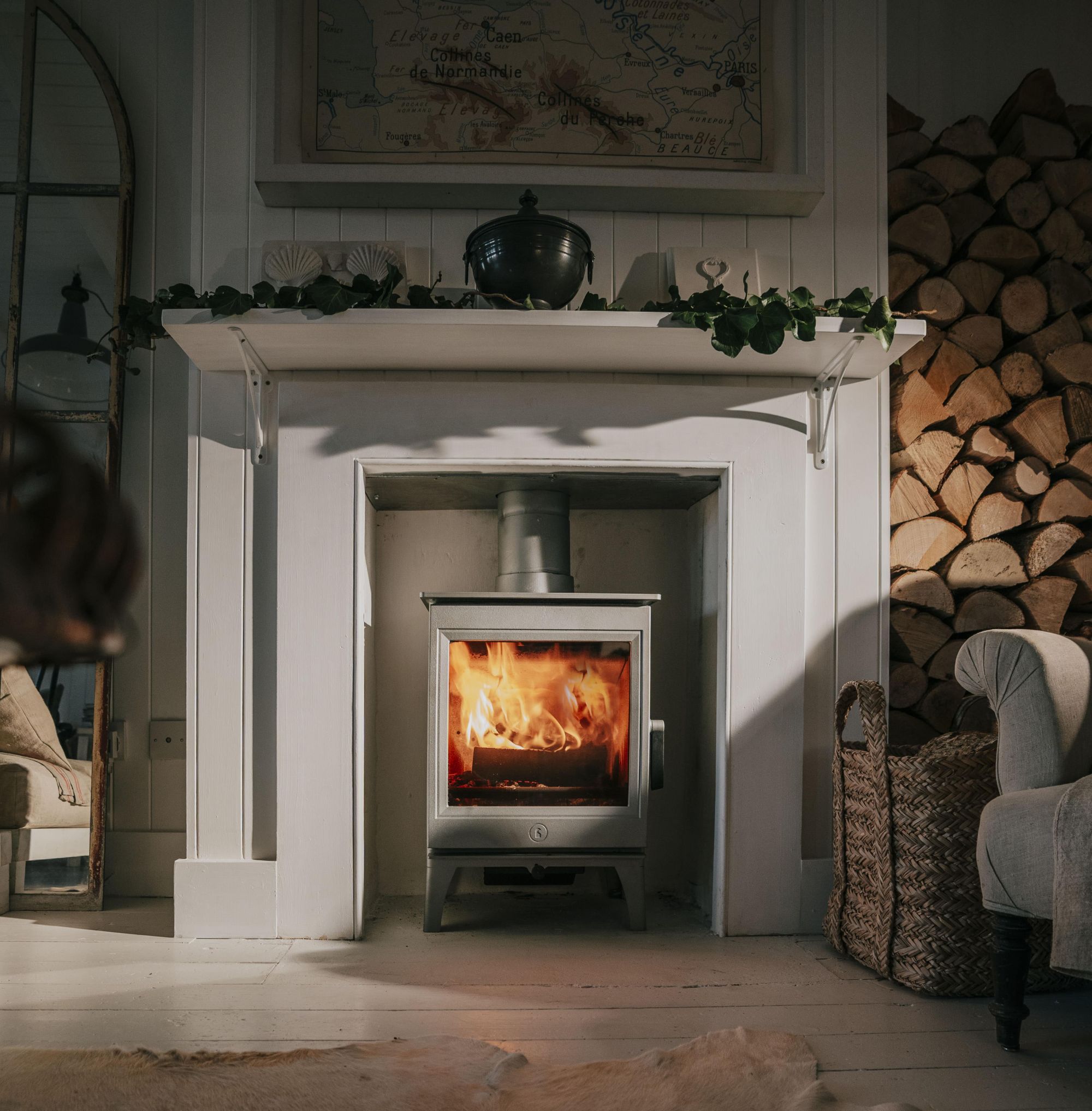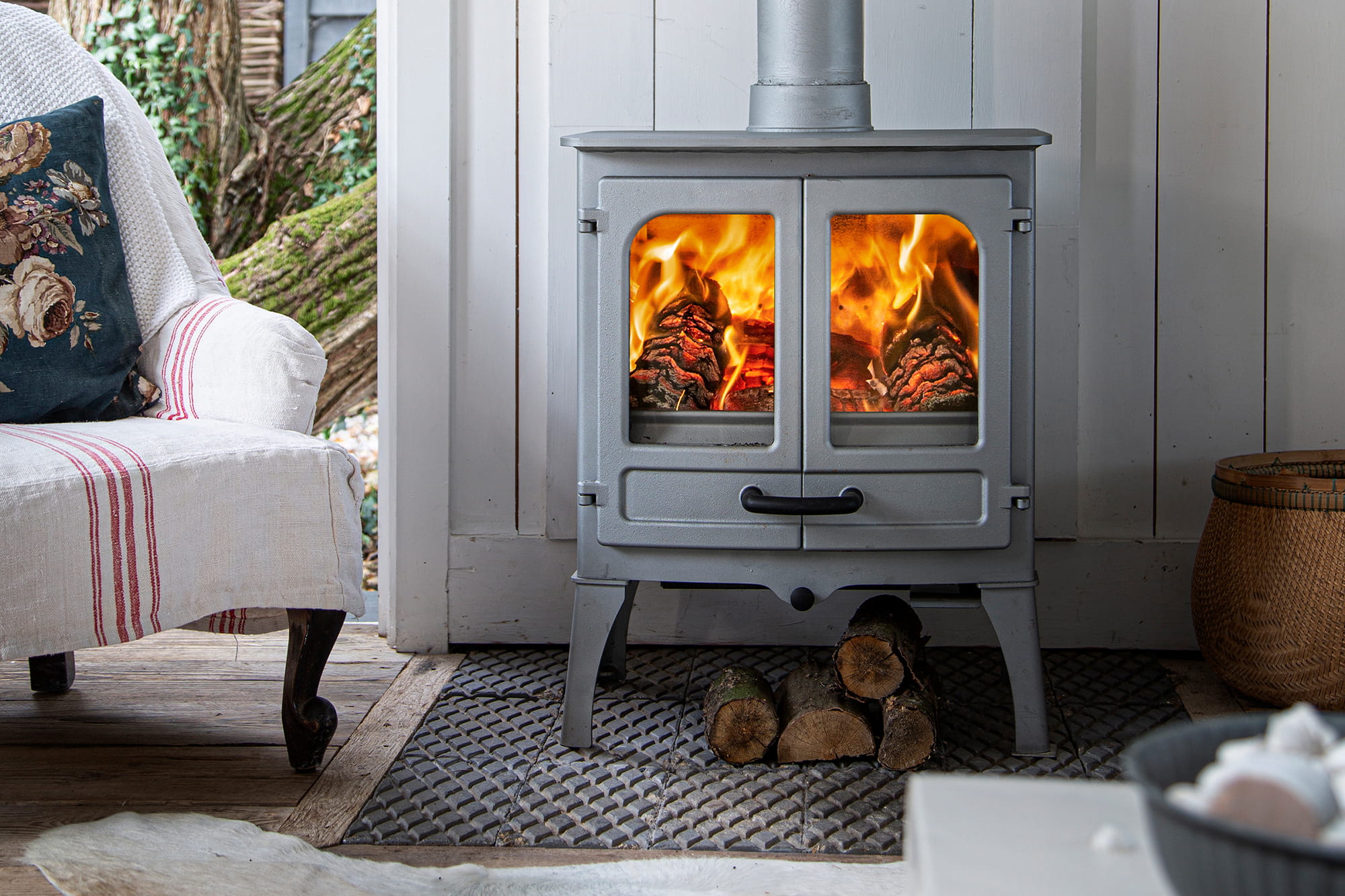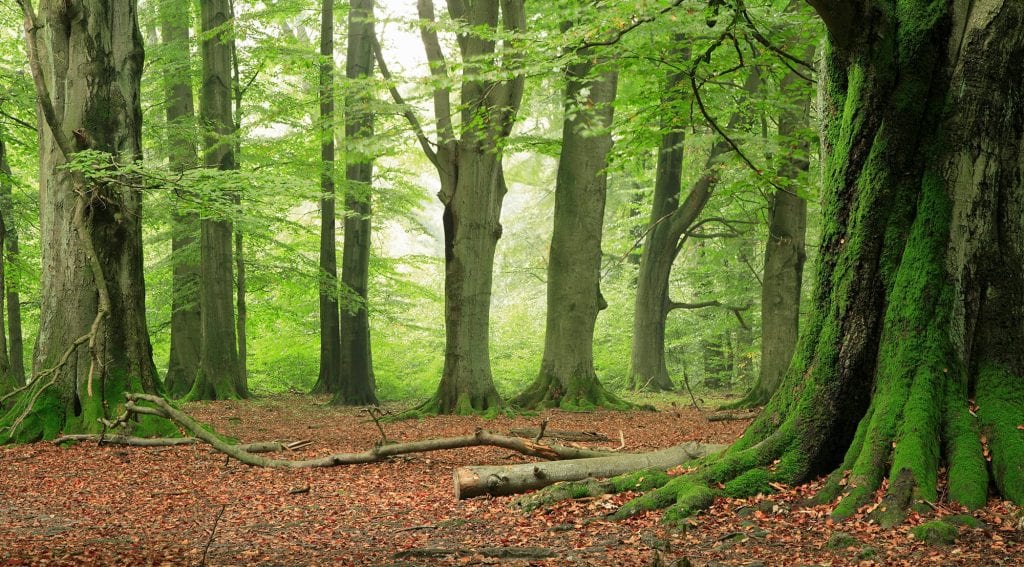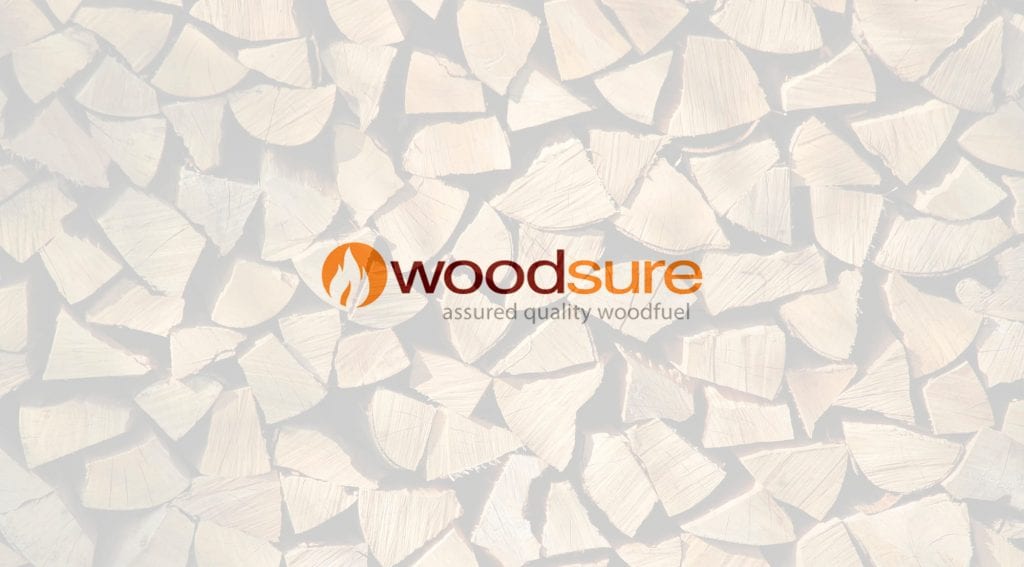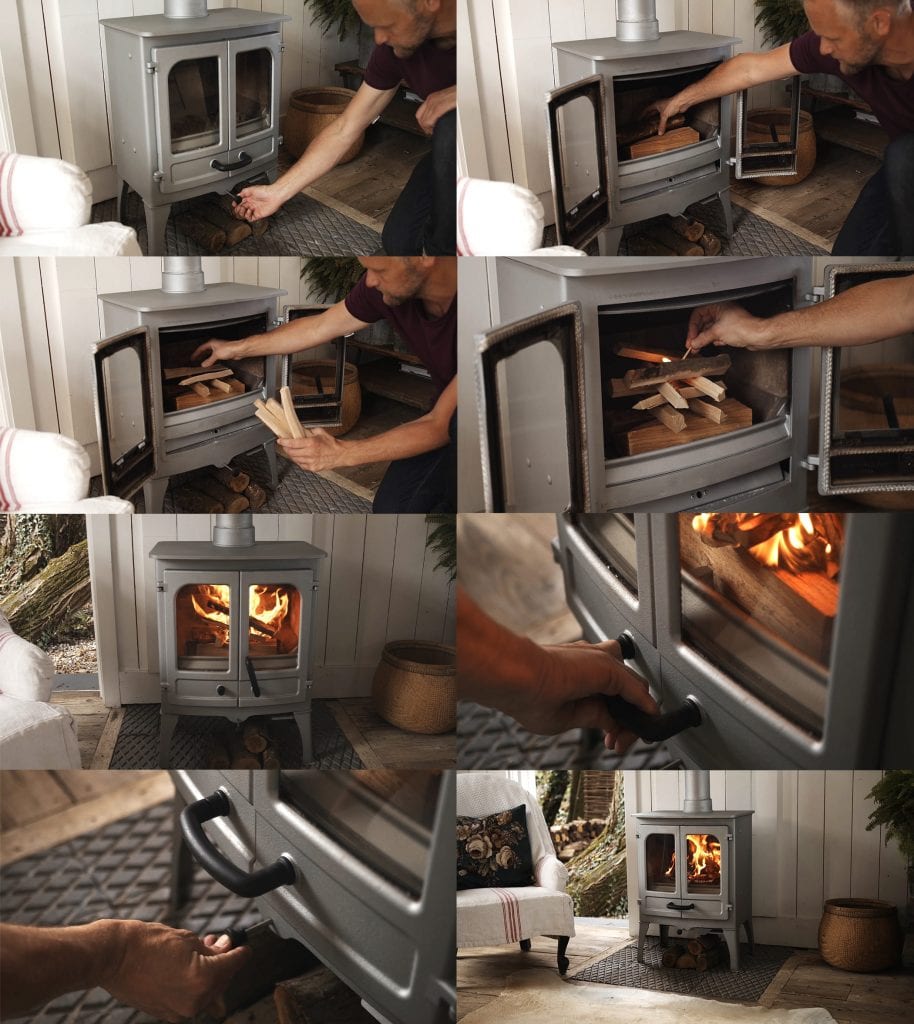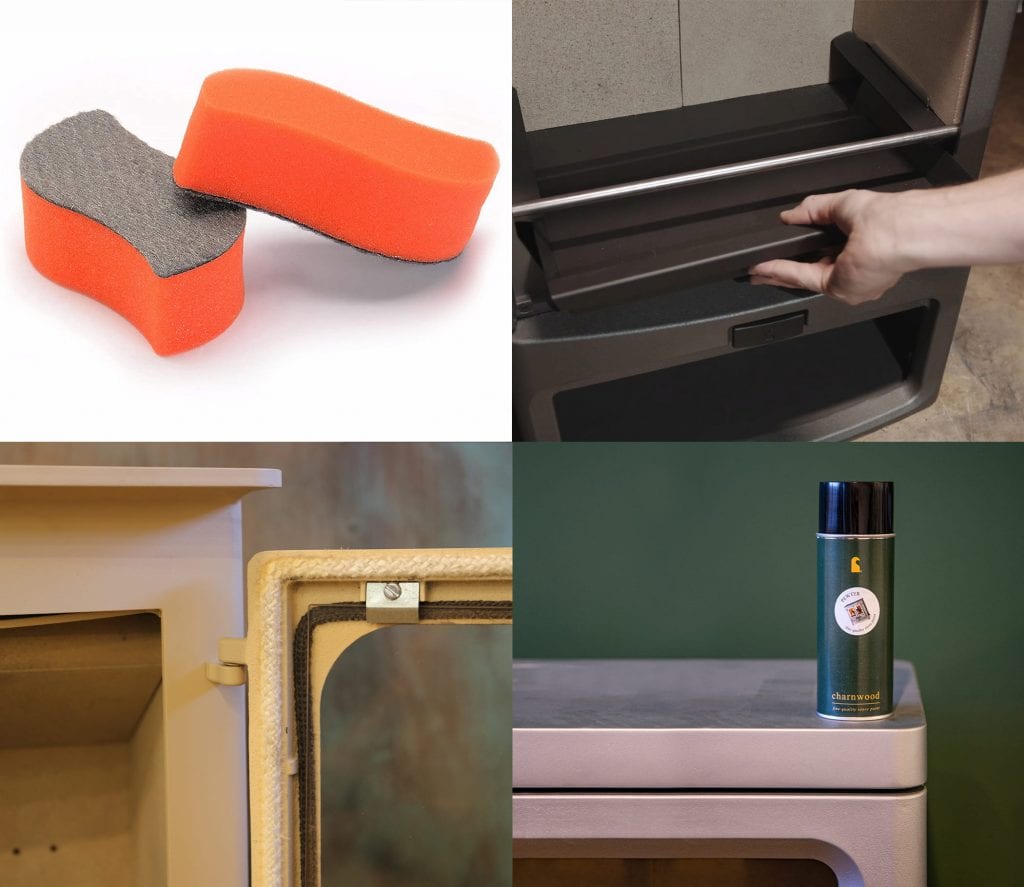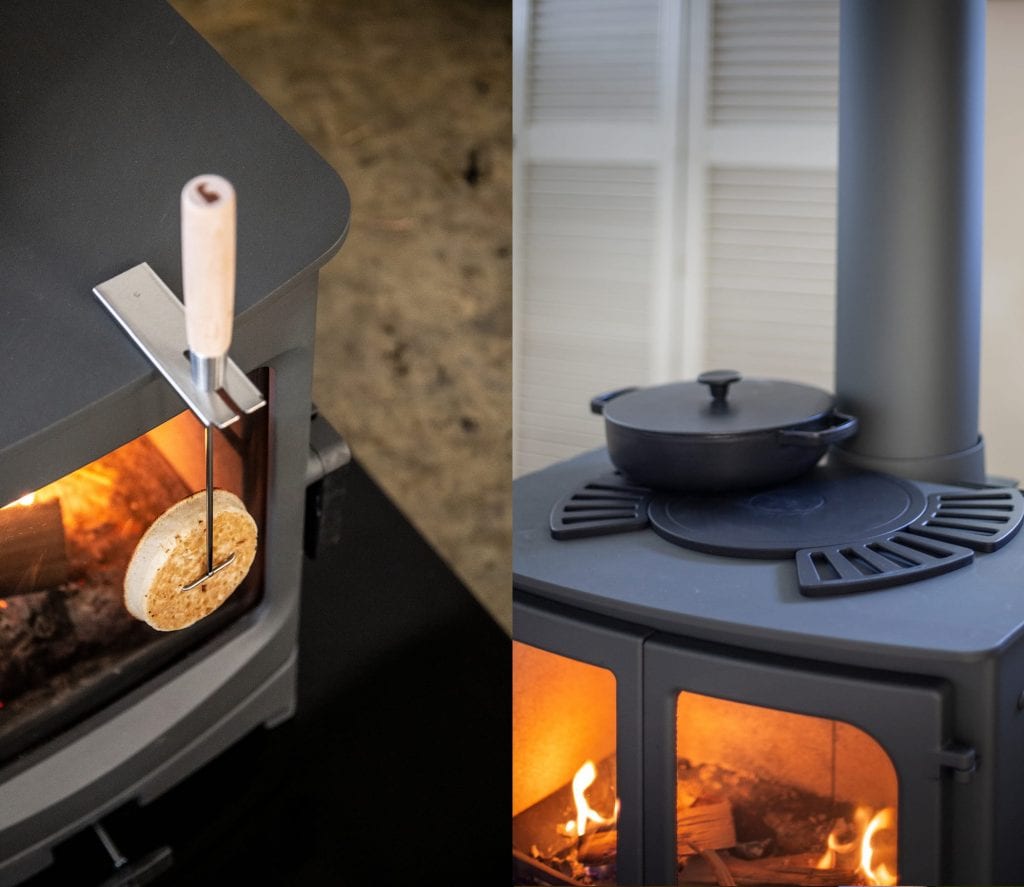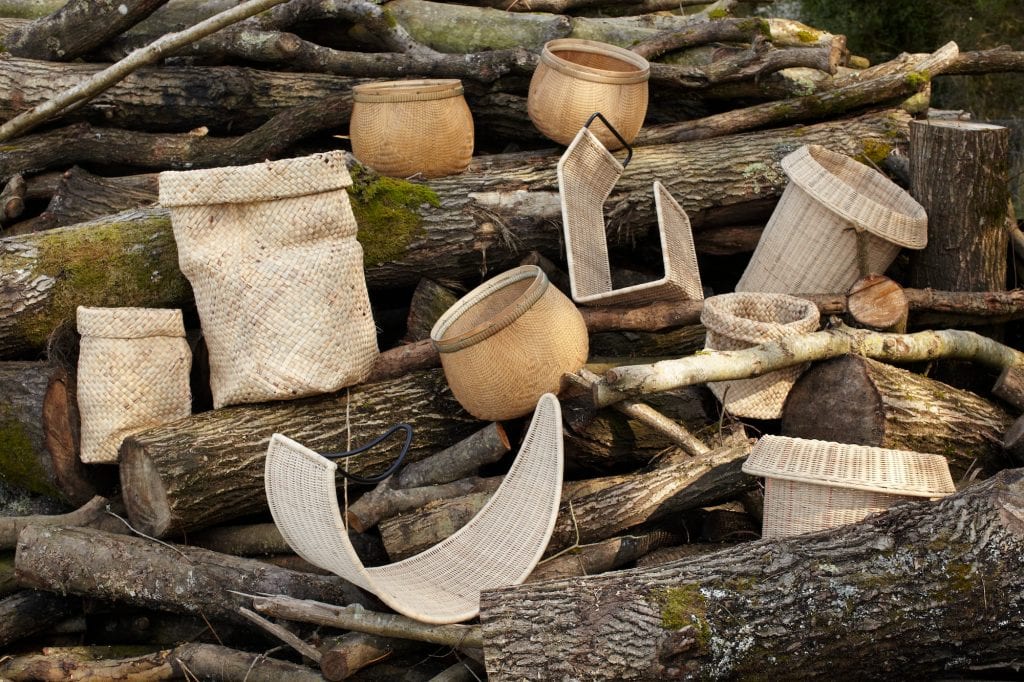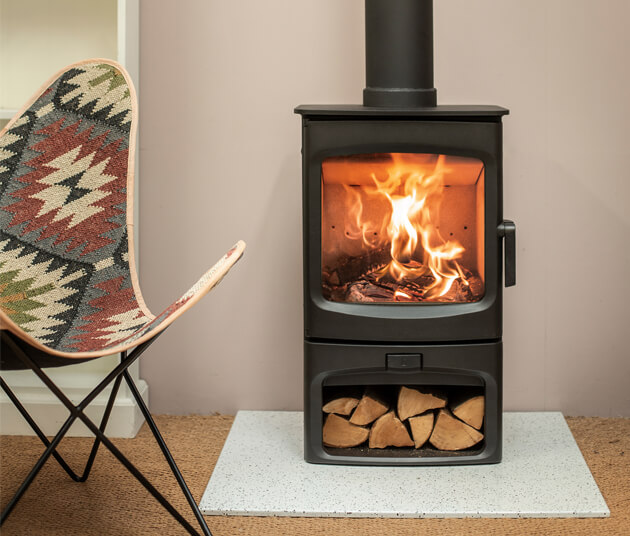The next in a series of essays by Charmain Ponnuthurai is about ‘Going Inwards’. Dammy is the author of Midnight Feasts: An Anthology of Midnight Feasts & Late Night Munchies, and co-founder of Dammy (a workwear jacket brand riffing on the chef’s jacket). She is also the former founder of Crane cookware used by the Charnwood team in many of our photo and video shoots.
________________
And after the earthquake a fire; but the LORD was not in the fire: and after the fire a still small voice.And it was so, when Elijah heard it, that he wrapped his face in his mantle, and went out, and stood in the entering in of the cave. And, behold, there came a voice unto him, and said, What doest thou here, Elijah? – Kings 19 verses 12-13
The first shiver of Autumn, brings to us thoughts of roaring fires, cosy layers, soft blankets and warming food. Though with the drawing in of the nights and the reduced length of daylight, we increase our time for contemplation and the opportunity to hear that still small voice within us. We live in a time of rapidly progressing AI, which some fear will render much of all work obsolete. In such a scenario, many of us would have to find meaning elsewhere. Regardless of whether our lives are reimagined by AI, a human search for meaning exists, a humane search for empathy and connection. The most independent of us are not immune to feelings of loneliness and a requirement for warmth that no matter how clever the robot, it cannot be surpassed by what tactility offers.
One simple reach towards feeling connection can be found in the simple daily need for nourishment. There are so many off the shelf prepackaged solutions for our ‘busy lives’, that tie in with the materialistic goals of efficiency and valuable results. Though it is in the very act of cooking and sharing food, where we can find the time for a moment to connect and be entirely present with ourselves and others. As winter draws closer, we may wake up feeling uninspired by the rain lashing at our window, and the daily news grind of the troubles that face us both in our own communities and together as a planet. The act of being nourished and nourishing others holds a sacred place; such a basic act comprises a rare, untarnished purity, like the simple comforting sound of a purring cat. The process of preparing, cooking, and laying the table gives us the opportunity to listen to that still small voice which can be so hard to hear within us, in the midst of burgeoning communication channels that keep us distracted.
The journey inwards brings us solace against the chill of the elements and brooding skies. We become concentrated on our homes as a solace from the hibernation of the sun and look forward to the thought of lighting a fire, playing some music and enjoying the pleasure of comfort cooking. We think of tucking into slow cooked stews, silken soups and puddings that invoke the nostalgia of childhood such as old school rice pudding, or a constantly renewing stack of pancakes. As the song by Spike Jones goes, “Pack up your troubles in your old kit bag, And smile, smile, smile. Don’t let your joy and laughter hear the snag…”
In the essay ‘A Purple Future’, Daniel Pinchbeck speaks of how we have lost the knowledge of ancient and indigenous cultures, of our connectivity with one another. Pinchbeck suggests this is, ‘an underlying consciousness that is indivisible, instinctive, timeless and spaceless and without boundary.’ We have instead turned to a way of living that quantifies everything by measurable value and outcomes. It is of course hard to sometimes reach into this thought process, when we are faced with the rising costs of living and an uncertainty of basic material requirements. Though as with all human progress, our fears have become so strong that they curtail the freedom to be creative as we try to grip onto certainty. We can see as a simple observation that with young children, who are unencumbered with anything but the moment that joy is always present and experimentation paramount as they learn about the world around them.
The lead into winter and the early nights drawing in some way gives us this sacrosanct time in which to pause, to cook that slow stew and undertake simple acts such as lighting a fire. These moments allow us to open ourselves to the silent possibilities and creativity that arise from ‘hunkering in’ so we may begin to see new shafts of light as we navigate our way through the darkness.
“The goal of life is not to possess power but to radiate it’ Henry Miller
________________
If you haven’t read Charmain Ponnuthurai’s piece on ‘storytelling’ click here – we highly recommend it!

